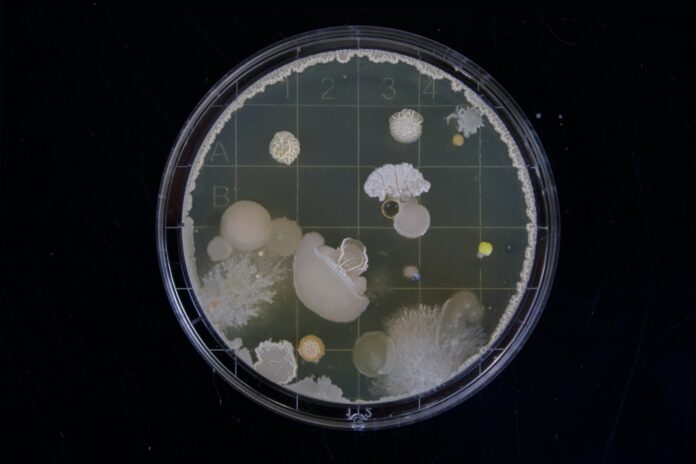Bacteriophages, or phages, are viruses that infect and replicate within bacterial cells. The interactions between phages and their host bacteria are complex and multifaceted, and can have significant implications for microbial ecology and evolution. This article provides an overview of the different types of interactions between phages and bacteria, including lytic and lysogenic cycles, the impact of phage infection on bacterial fitness, and the role of phages in horizontal gene transfer.
Phages are ubiquitous in nature and play a critical role in shaping microbial communities. Understanding the interactions between phages and their host bacteria is essential for understanding the dynamics of these communities. Phages can have both positive and negative impacts on bacterial fitness, and can also contribute to the evolution of bacterial populations through horizontal gene transfer.
The lytic cycle is a rapid and destructive process in which phages infect bacterial cells, replicate within them, and ultimately lyse the host cell to release new phages. The lytic cycle is often associated with the death of the infected bacterial cell and can have a significant impact on the density and diversity of bacterial populations.
The lysogenic cycle is a more complex process in which phages integrate their DNA into the bacterial chromosome, becoming a prophage. The prophage is then replicated along with the bacterial chromosome during cell division, resulting in the stable maintenance of the phage genome within the bacterial population. Under certain conditions, the prophage can be induced to enter the lytic cycle, resulting in phage production and the lysis of the infected bacterial cell.
The impact of phage infection on bacterial fitness can vary widely depending on the host-phage interaction. In some cases, phage infection can reduce bacterial growth rate or cause cell death, while in other cases, the infection can result in increased fitness through the acquisition of new traits. For example, lysogenic phages can contribute to the evolution of bacterial pathogenicity by transferring virulence genes.
Phages can also play a significant role in horizontal gene transfer, in which genetic material is transferred between different bacterial species. This can occur through transduction, in which phages transfer DNA from one bacterial cell to another. Transduction can contribute to the spread of antibiotic resistance and the evolution of new bacterial phenotypes.
The interactions between bacteriophages and their host bacteria are complex and multifaceted, and can have significant implications for microbial ecology and evolution. Phages can impact bacterial fitness through both lytic and lysogenic cycles, and can contribute to the evolution of bacterial populations through horizontal gene transfer. Further research is needed to fully understand the mechanisms of these interactions and their implications for microbial communities, but it is clear that phages play a critical role in shaping bacterial diversity and evolution.


